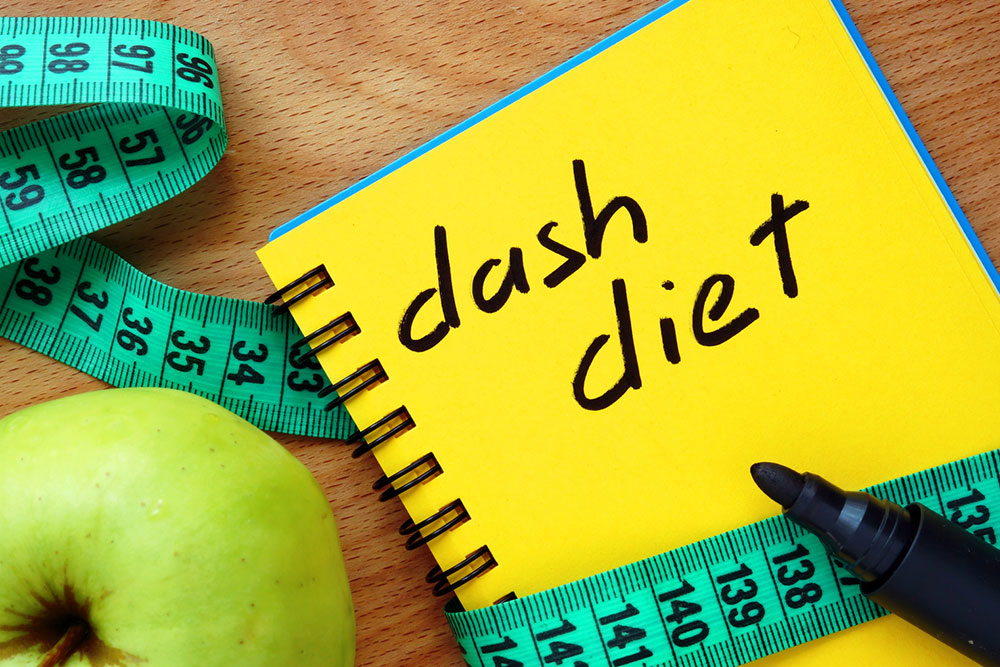
Understanding the DASH diet
DASH is an acronym for Dietary Approaches to Stop Hypertension. Hypertension, or high blood pressure, is referred to as a condition in which your blood pressure reading is above 140/90, which is considered as the acceptable level. It is a very common condition, the incidence of which increases with age. More than 1 billion people worldwide are estimated to be affected by hypertension. Following a diet with less salt, exercising regularly along with medications can keep the blood pressure under control. If left untreated, hypertension can lead to heart problems and even a stroke. There are usually no symptoms for hypertension, and you can have it for years without knowing it. Taking a blood pressure reading at least once a year is advisable.
The DASH diet plan is designed to help treat or prevent high blood pressure. It has been designed and promoted by the National Institute of Health on the basis of documented and comparative studies conducted with different diet plans.
1. Hypertension
This diet is low in salt and rich in fruits, vegetables, whole grains, low-fat dairy, and lean proteins. Although the diet was created to help those with hypertension, it is popular across all cross-sections as it is considered healthy and wholesome. The DASH diet helps a great deal in weight loss too. It has been voted as the most popular diet over the years, as it is relatively easy to follow and the results are always encouraging. The DASH diet is flexible to follow if you are vegetarian, vegan, or if you adhere to a gluten-free diet.
The DASH sodium diet calls for cutting back on sodium intake to around 1500 milligrams a day (about ⅔ of a teaspoon). Generally, a person takes around 2400 milligrams of sodium per day (about 1 teaspoon). It has to be consciously brought down to 1500 milligrams per day. The DASH sodium diet plan helps lower blood pressure as well. It is important to note that sodium intake includes the amount present naturally in food products as well as the salt that we add while cooking.
2. Heart health
The heart-healthy DASH eating plan does not require any special ingredients or fancy recipes. Its goal is to meet daily and weekly nutritional goals. The plan recommends
- Eating a lot of vegetables, fruits, and whole grains
- Eating food that is low-fat or fat-free dairy products, fish, poultry, beans, nuts, and vegetable oils.
- Abstaining from alcohol and tobacco
- Limiting the intake of refined sugar, sodas, and artificially sweetened beverages
- Reducing the quantity of red meat
The DASH diet not only sticks to diet recommendations but it also stresses the need to exercise to keep the heart pumping efficiently. At least 30 minutes of low or moderate-intensity cardio is suggested. At least a minimum of two and a half hours of activity is recommended every week. The DASH diet has proved to be a boon for those who have a high body-mass index and have been advised to lose weight as part of their treatment protocol.
Following this diet will provide you with all the essential nutrients your body needs. It is a diet that is safe for all adults and children. It is a lifestyle change that is worth considering. In case of any prior medical problems, it is better to consult with a doctor before adapting to this new diet, especially the DASH sodium diet.


